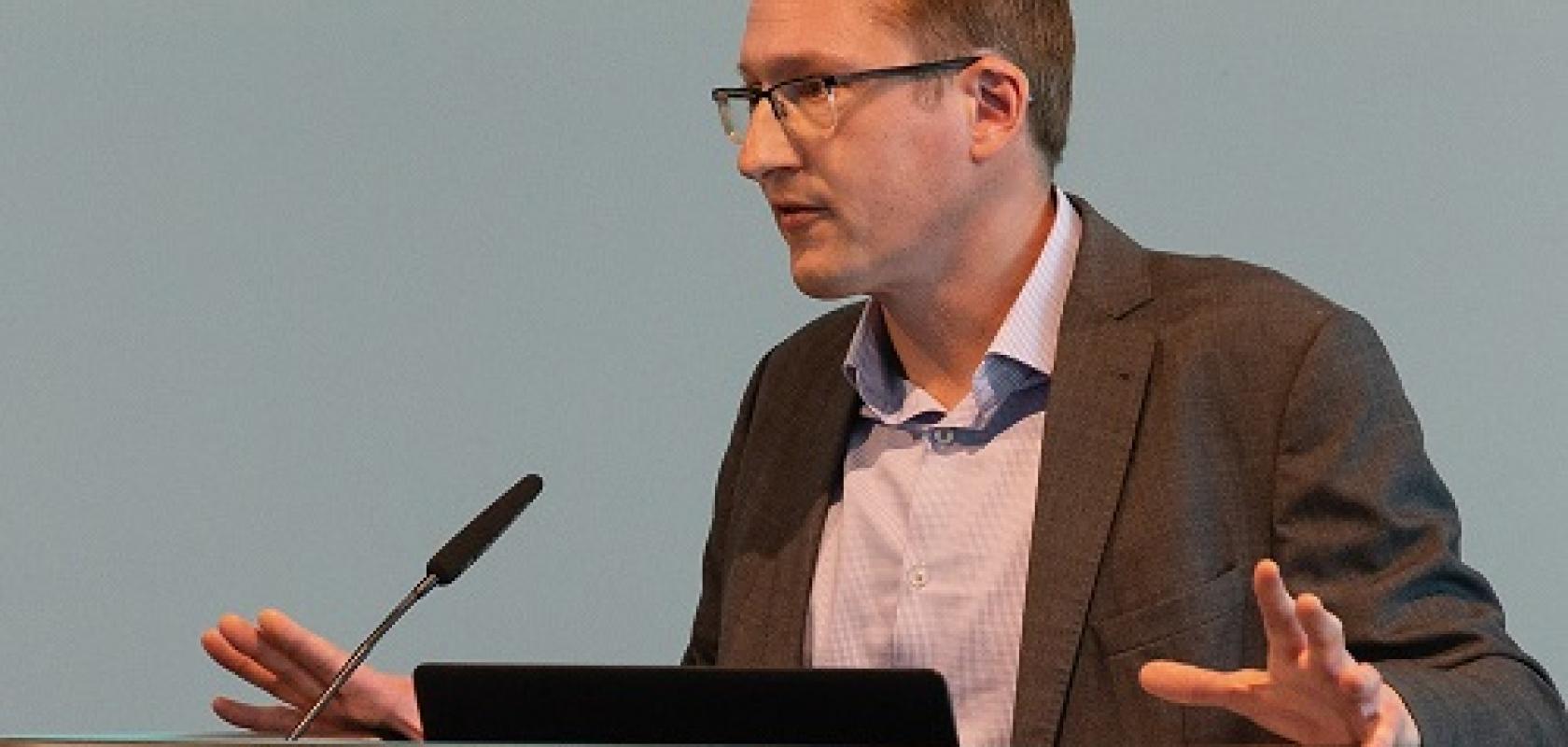Newly elected EMVA president Chris Yates considers what the future might hold for machine vision
As the machine vision community enters the first few months of a new decade, we can reflect on the innovation and progress of the last decade and look forward to the opportunities of the next. As incoming president of the European Machine Vision Association, I welcome the central role vision technology plays in the automation of our world and the very tangible benefits it brings to almost every aspect of our lives. The EMVA is a not-for-profit organisation open to all parties with an interest in vision technology. It is owned by its members, representing more than 125 companies and institutes from within Europe and beyond, and is dedicated to the promotion of a vision technology ecosystem.
At the start of the previous decade, world markets were still working through the consequences of the financial crisis of 2007 to 2008, with a reduction in investments by many companies and contractions in many sectors including machine vision. However, with the benefit of hindsight this uncertain start to the decade can be seen as a prelude to tremendous growth in the vision market, with an overall growth rate over the period of approximately 10 per cent, wide-ranging and disruptive innovation, and substantial consolidation of the vision market through mergers and acquisitions, itself a sign of a maturing sector.
Today, it has become obvious that the entire world once again faces a phase of uncertainty caused by the new coronavirus Covid-19, which is now present in practically all parts of the world. Given the highly volatile and fluid situation, it is difficult to predict the ultimate impact of this global event, but the world economy and markets are already seeing material consequences, which will certainly also affect the vision industry.
Therefore, as we look to the future of the vision industry in this coming decade, it is impossible to predict with certainty what the market will look like in 2030. Nevertheless, aside from coronavirus several lasting themes are apparent. Traditional underlying drivers of the vision sector, such as the automation of industrial processes as a means to ensure quality and improve efficiency, have not changed, but instead have been complemented by a desire for greater flexibility, connectivity, and security.
These drivers are already visible in the explosive growth of collaborative robots and increasing adoption of mobile robot platforms, stimulating the development of novel vision-based safety systems, and an increasing awareness by end users of the need for cyber security.
A new generation of talented engineers and professionals are being tasked with delivering value in industrial applications. They are generating new ideas for technology and business models, while bringing higher expectations regarding speed of development, simplicity of design, and inter-connectivity, all from their daily experience in a highly networked and digital life.
Greater connectivity across all industrial processes - the idea of Industry 4.0 - has wide-ranging implications, not least in an increased requirement for cyber security in connected devices, as well as the rapid development and adoption of enterprise protocols such as OPC-UA. Enterprise automation architectures are becoming more integrated and standardised, generating value for factory operators, but having the potential to disrupt traditional value chains within the industry.
Artificial intelligence within industrial vision systems, typically through the use of neural networks, has progressed from a topic of academic research at the start of the last decade, to the overriding paradigm for automated vision. Almost every company engaged in image processing is increasing their technical competence in AI, and a multitude of AI-based products are being integrated into real-world applications. These provide real capability improvements, but also create new topics for development, such as maintenance, updating, and quantitative safety of neural networks.
Consolidation will undoubtedly remain an important topic for the coming decade, as larger enterprise players establish vertical capabilities, end users demand platform offerings, and younger companies bring new innovations in products and services to the market.
Within the context of an exciting and changing landscape the European Machine Vision Association will provide a central forum within Europe for our members to interact, communicate, and shape the future of vision technology.
Three broad themes define the approach the EMVA will take to ensure vision technology continues to thrive. Firstly, EMVA will promote cooperation at all levels, whether this is between individuals, companies or trade associations such as the VDMA, AIA, JIIA, or CMVU, or in adjacent sectors such as with euRobotics. Cooperation is the means to create greater impact on a global scale.
Secondly, the EMVA will remain committed to standardisation. Two standards hosted by the association, EMVA1288 and GenICam, are globally accepted, while the newly initiated EmVision and Open Optics Camera Interface standards will address embedded vision and optical interfaces. Standards assist manufacturers develop products while also ensuring simpler integration for end users.
Finally, the EMVA will give information on how markets, technology, and platforms are developing. Increased awareness of these aspects will allow our members to develop their own strategies for growth, while also informing the wider community of the benefits and value of vision technology in all its forms.
There are many opportunities and no doubt further challenges beyond coronavirus which will become apparent over the coming decade, but I am sure that vision technology will continue to be one of the most exciting areas in which to participate, and the established foundation of the industry coupled with continued innovation will underpin another decade of strong growth.
--
Let us know what you think the future holds for machine vision, especially in the near future with regards to how the coronavirus pandemic will affect business. Email: greg.blackman@europascience.com.


